4. Cowards die many times
| A |  |
B | 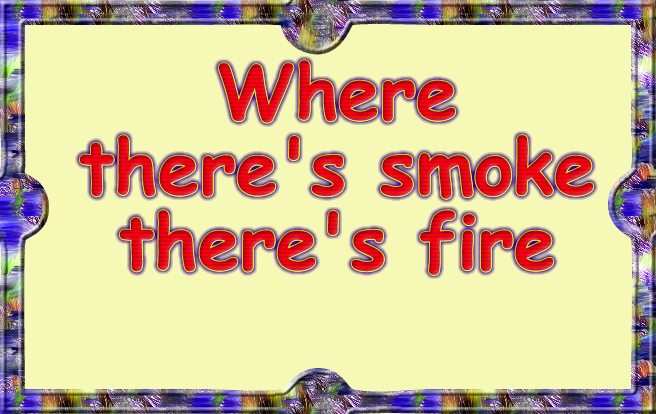 |
C | 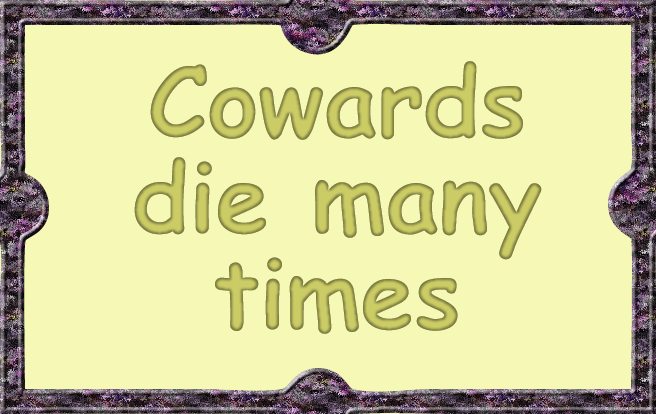 |

|
In English, we have eight diphthongs and five triphthongs. Here you can find them! Click on the pictures to see them clearer!
 |
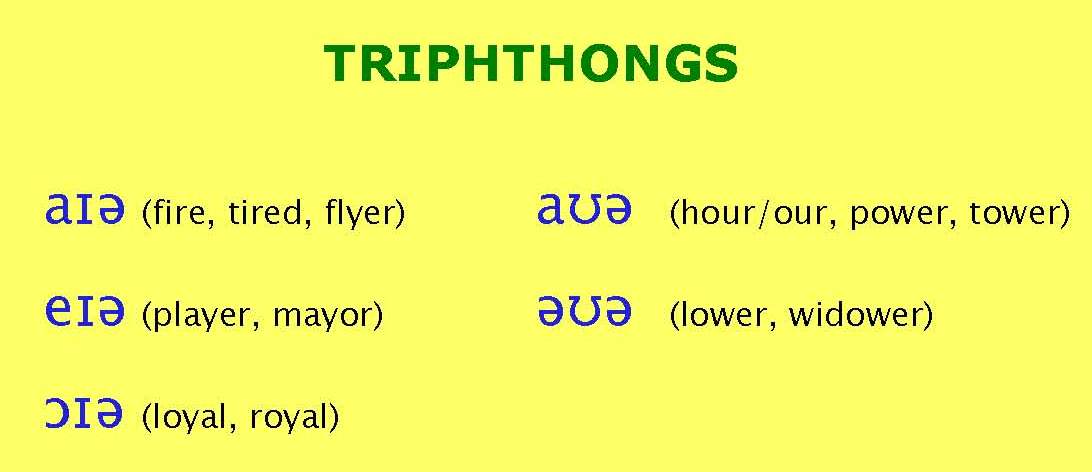 |
Now, go back to the robot and tell her to pronounce to you all the examples from the pictures!
Fill in the blanks with D if the word contains, at least, a diphthong and T if it contains a triphthong. If you doubt, you may use either our friend, the robot, or a dictionary.
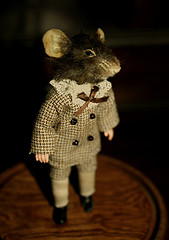 |
 |
| By Suzanna. C. Commons |
By FHKE. C. Commons |
| slow |
slower |
tourism | |||
| noise |
towel |
sower |
|||
| mobile |
widow |
hypertext |
|||
| trier |
mouse | stayer |
|||
| great |
near | ballet |
Homophones
As you have seen in some of the examples above, there are words which are different but pronounced in the same way (notice: no/know, here/hear, hour/our). These words are known as homophones. If they are not only pronounced in the same way but also have the same spelling, they are known as homonyms. Homonyms are also homographs, which are words with the same spelling but different meanings, although they may have the same pronunciation or not (e.g. bow [n.] reverencia / bow [n.] moño). There are lots of examples in English. Let's concentrate a bit on homophones and homonyms.
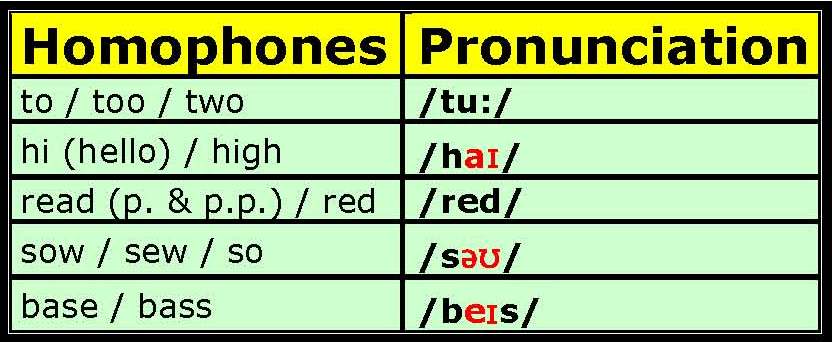
|
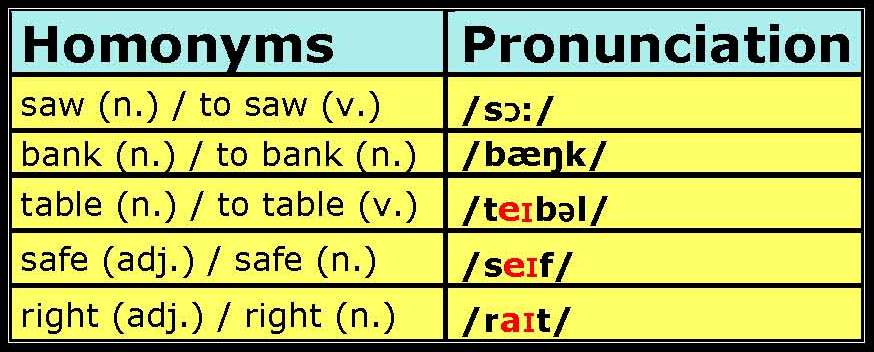 |
If you are interested in this subject, click here to find out an excellent list of English homophones. By clicking here you'll be able to get a list of homonyms. Finally, if you feel like smiling, have a look at these funny homonym jokes!